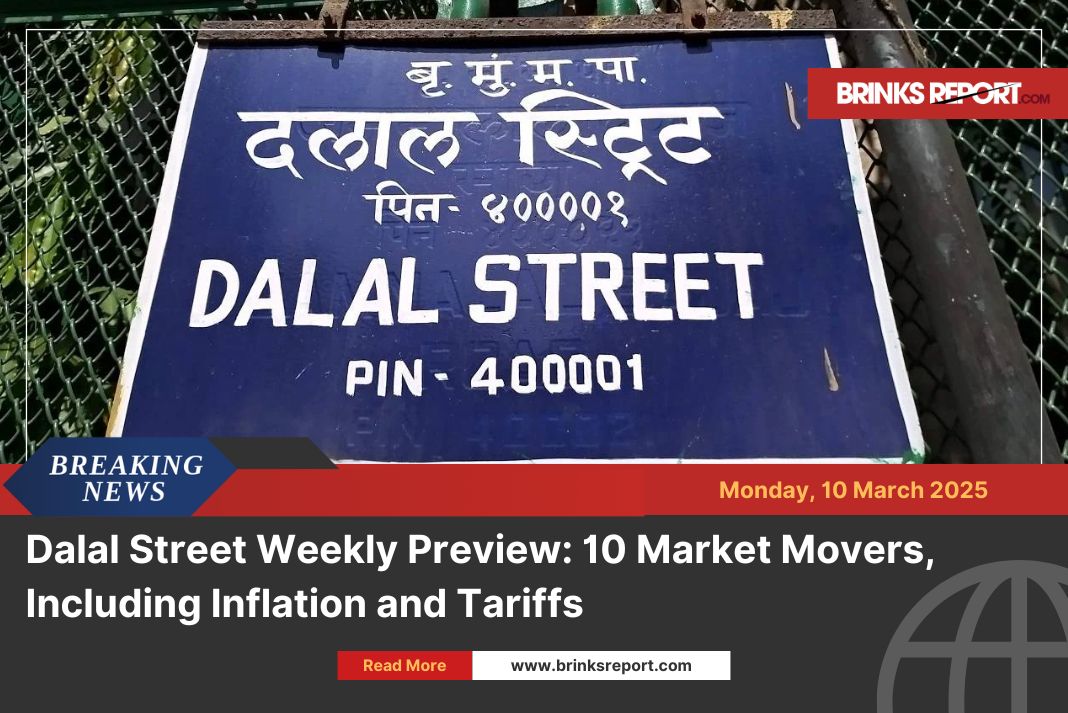
A $7 billion threat looms over India’s trade—will Modi and Trump strike a deal or risk economic chaos?
Since Trump returned to power, global trade dynamics have shifted dramatically. The US has imposed tariffs on steel, aluminium, and may soon target pharma, auto parts, and semiconductors.
Now, India faces a $7 billion annual loss if reciprocal tariffs kick in. The clock is ticking—will India and the US strike a deal or risk economic fallout?

The US is one of India’s biggest trade partners, yet no free trade agreement exists. With a $45.7 billion trade deficit, Trump is pushing India to lower tariffs, especially in agriculture, IT, and medical devices. India’s high tariffs (17% vs. the US’s 3.3%) and protectionist policies in sensitive sectors could stall negotiations.
A proposed Bilateral Trade Agreement (BTA) by September 2025 could be the solution.
India may need to open closed sectors, but in return, it could secure zero tariffs and stronger ties. However, challenges like agriculture subsidies and intellectual property disputes remain.
To keep the US as an ally, India must take bold steps—reduce tariffs, ease Quality Control Orders, and offer market access. Meanwhile, the US should recognize India’s strategic value in the Indo-Pacific. A balanced deal could redefine global trade in a fragmented world.
The choice is clear: negotiate now or face costly tariffs. A BTA isn’t just about trade—it’s about securing India’s future in an unpredictable global economy.
Also Read: Trump’s Trade War Forces Former Foes India and Canada to Rethink Relations












